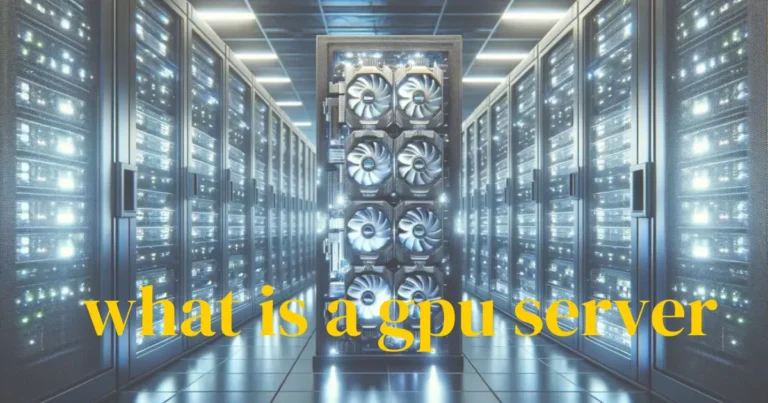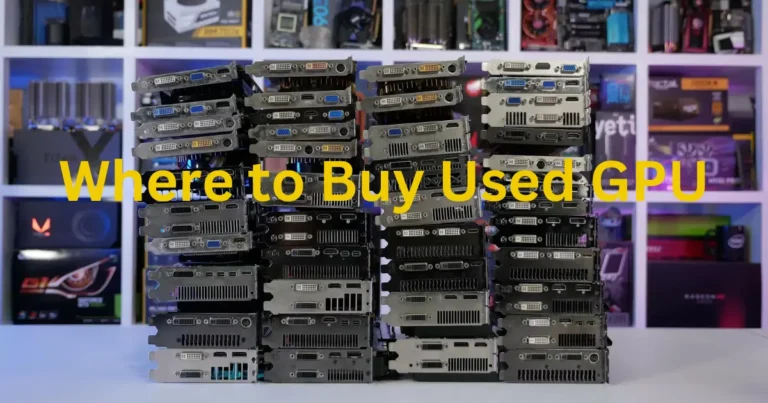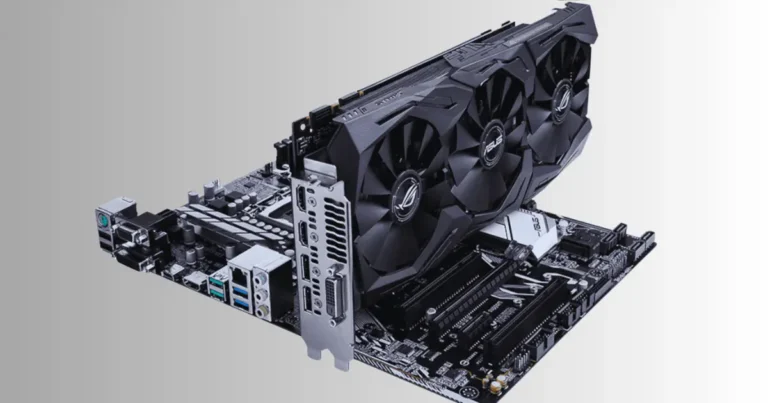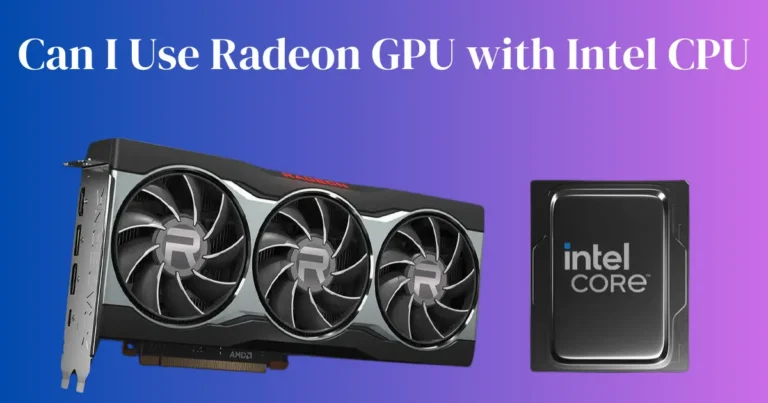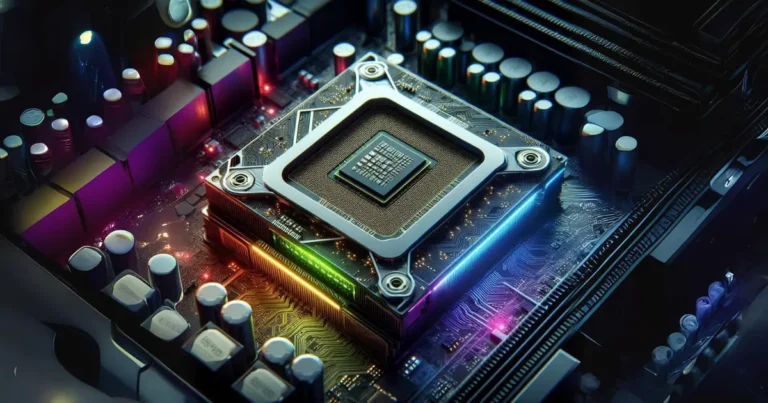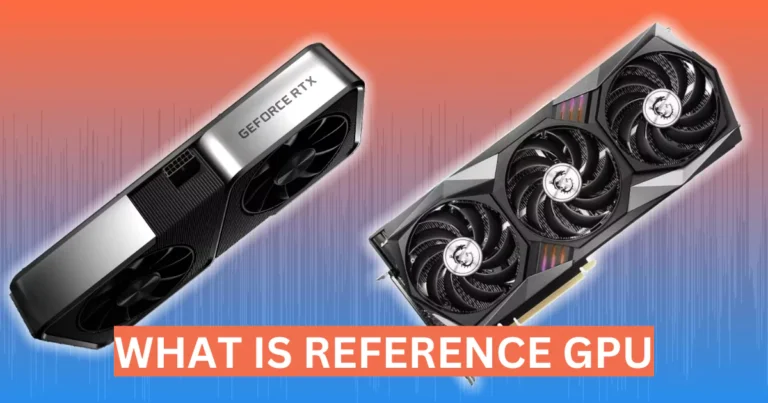Introduction
Ever tried squeezing a lot of toothpaste out of a tiny tube opening? That’s kind of what happens when your CPU or GPU bottlenecks your system. Let’s dive into understanding how this works, why it matters, and how you can use a bottleneck calculator to ensure your PC runs smoothly.
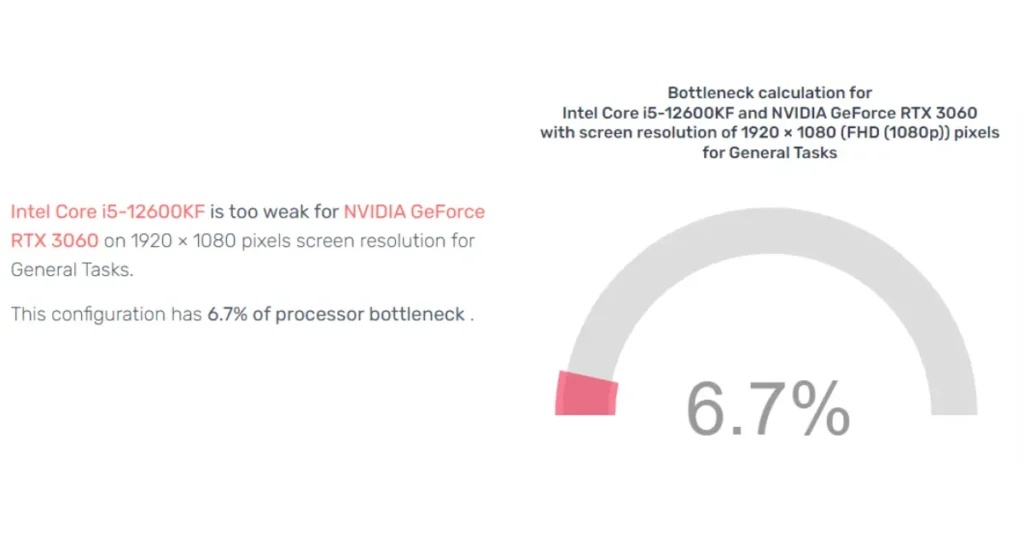
Understanding CPU and GPU Bottlenecks
Definition of CPU Bottleneck
A CPU bottleneck occurs when your central processing unit (CPU) can’t process data as quickly as the rest of your system requires. Imagine you’re trying to drink a thick milkshake through a thin straw; the straw is your CPU, and the milkshake is the data.
Causes of CPU Bottlenecks
CPU bottlenecks often arise from having an outdated or underpowered CPU trying to handle demanding tasks. It’s like expecting a bicycle to keep up with a sports car – it’s just not equipped for that level of performance.
Symptoms of CPU Bottlenecks
You’ll notice sluggish performance, stuttering in games, or slow processing in tasks like video editing. If your CPU usage is consistently at 100% while your GPU is lounging around, you’ve got a bottleneck.
Definition of GPU Bottleneck
On the flip side, a GPU bottleneck happens when your graphics processing unit (GPU) is the one holding things back. Think of it as a bottleneck in a funnel, where the GPU can’t keep up with the data the CPU is throwing at it.
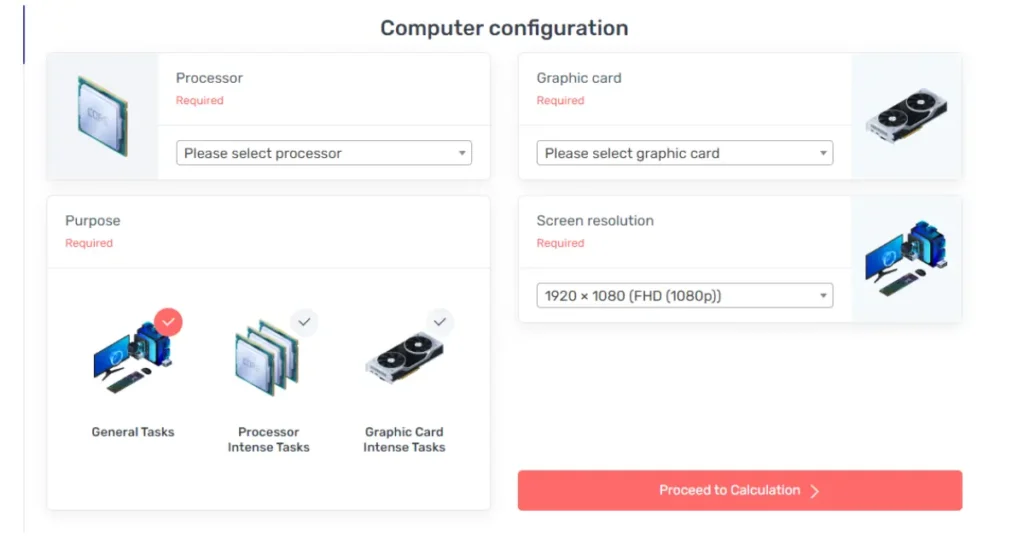
Causes of GPU Bottlenecks
This usually happens when your CPU is significantly more powerful than your GPU. It’s like trying to funnel a gallon of water through a coffee stirrer – the GPU can’t process the graphics data fast enough.
Symptoms of GPU Bottlenecks
In this case, you’ll see high CPU usage paired with low GPU usage, resulting in poor graphics performance, low frame rates in games, and generally unimpressive visuals.
How to Identify a Bottleneck
Tools for Identifying Bottlenecks
Identifying bottlenecks involves some detective work with the right tools. Here are a few essentials:
Task Manager
Windows Task Manager gives you a quick overview of your CPU and GPU usage. If your CPU is maxed out while your GPU is underutilized, you’ve found your culprit.
GPU-Z
This handy tool provides detailed information about your GPU’s performance, helping you pinpoint if your graphics card is lagging behind.
MSI Afterburner
MSI Afterburner offers comprehensive monitoring for both your CPU and GPU, making it easier to spot where the bottleneck lies.
Interpreting Bottleneck Data
When analyzing bottleneck data, look for consistent patterns of high usage. If your CPU or GPU is always at 100% while the other hovers around 50%, that’s a strong indicator of a bottleneck.
CPU and GPU Bottleneck Calculator
What is a Bottleneck Calculator?
A bottleneck calculator is a tool that helps you determine if your system has a balance between CPU and GPU performance. Think of it as a matchmaking service for your PC components.
How Does a Bottleneck Calculator Work?
You input your CPU and GPU models, along with other system specs, and the calculator analyzes their compatibility. It’s like checking the compatibility of a plug and an outlet before plugging in.
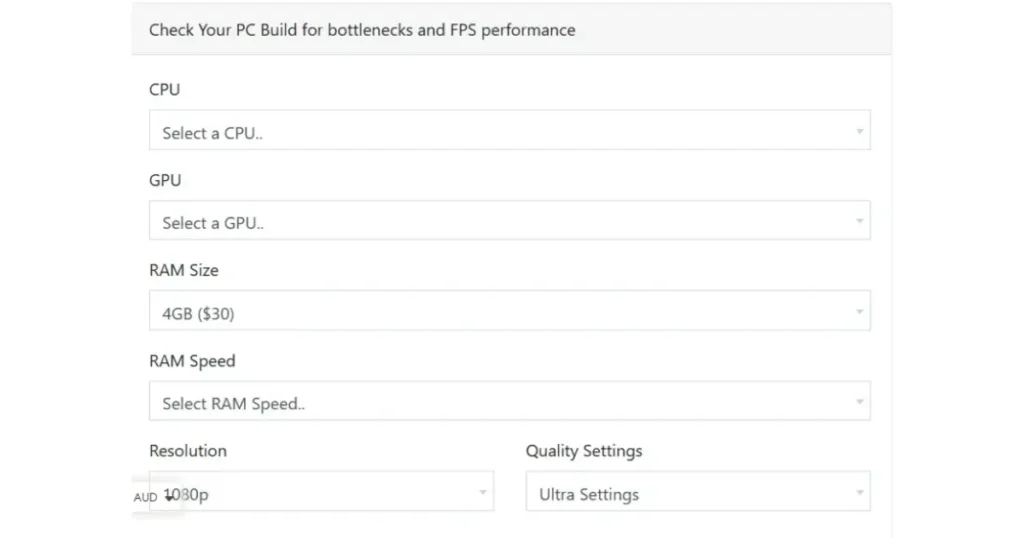
Popular Bottleneck Calculators
PC-Build’s Bottleneck Calculator
PC-Build offers a detailed bottleneck calculator that considers various system components to give you a comprehensive analysis.
CPUAgent’s Bottleneck Calculator
CPUAgent provides another robust option, offering detailed performance analysis and upgrade suggestions.
Using a Bottleneck Calculator
Step-by-Step Guide to Using a Bottleneck Calculator
Inputting Your System Specs
Start by entering your CPU and GPU details into the calculator. Provide precise details to achieve optimal results.
Understanding the Results
The calculator will show you the percentage bottleneck – a higher percentage indicates a more significant bottleneck. It might also suggest potential upgrades or tweaks.
Common Mistakes to Avoid
Avoid inputting incorrect specs or relying solely on the calculator without considering real-world performance. Always cross-check with actual usage data.
Mitigating Bottlenecks
Upgrading Your CPU
If a CPU bottleneck is your issue, upgrading to a more powerful processor can alleviate the strain and improve overall performance.
Upgrading Your GPU
For a GPU bottleneck, investing in a higher-end graphics card can significantly enhance your system’s graphics performance.
Balancing Your System
Sometimes, balancing your system by upgrading both CPU and GPU in tandem is the best approach to avoid future bottlenecks.
Real-World Examples
1: Gaming Setup
For gamers, a balanced CPU and GPU combo ensures smooth gameplay and high frame rates. An Intel i7 paired with an RTX 3060, for example, offers a well-rounded performance.
2: Video Editing Setup
Video editors need powerful CPUs to handle rendering tasks, so a Ryzen 9 paired with a decent GPU like the GTX 1660 could be an ideal setup.
3: 3D Rendering Setup
For 3D rendering, a workstation might benefit from a high-end CPU like the Xeon series and a robust GPU like the RTX 3090 for efficient performance.
Conclusion
Understanding and addressing CPU and GPU bottlenecks is crucial for optimizing your system’s performance. Regularly checking your system and using tools like bottleneck calculators can help keep your PC running smoothly. Stay proactive, and ensure your components are well-matched for the tasks at hand.

